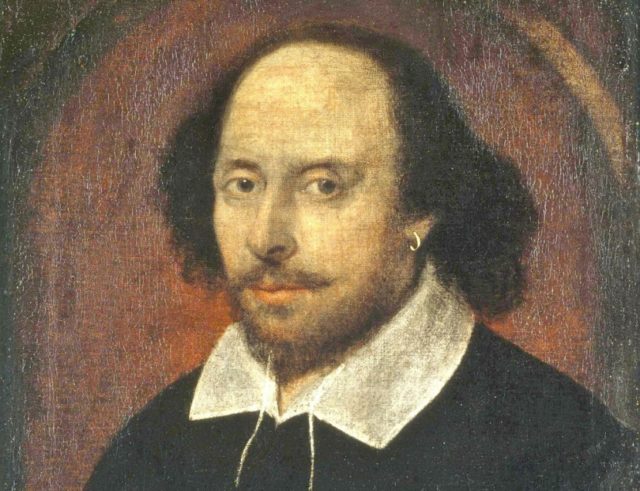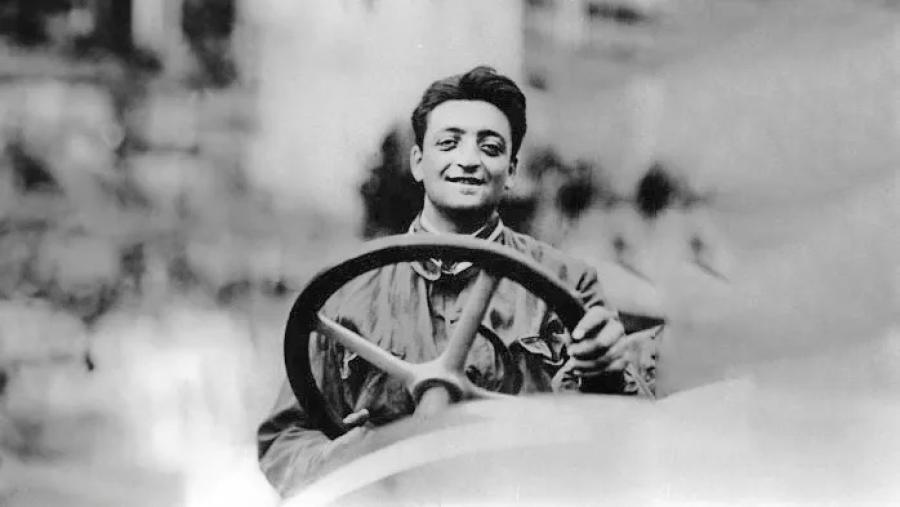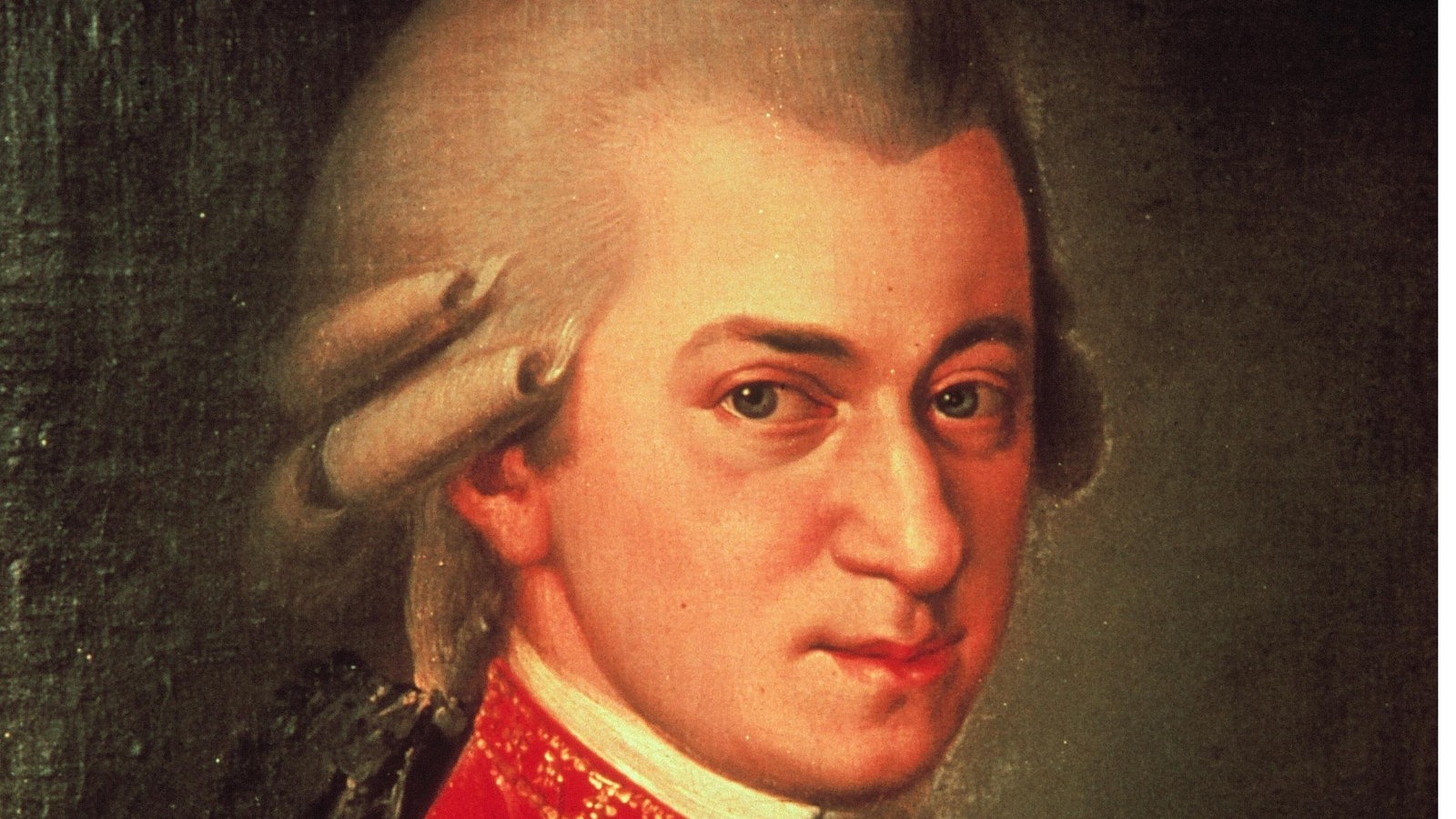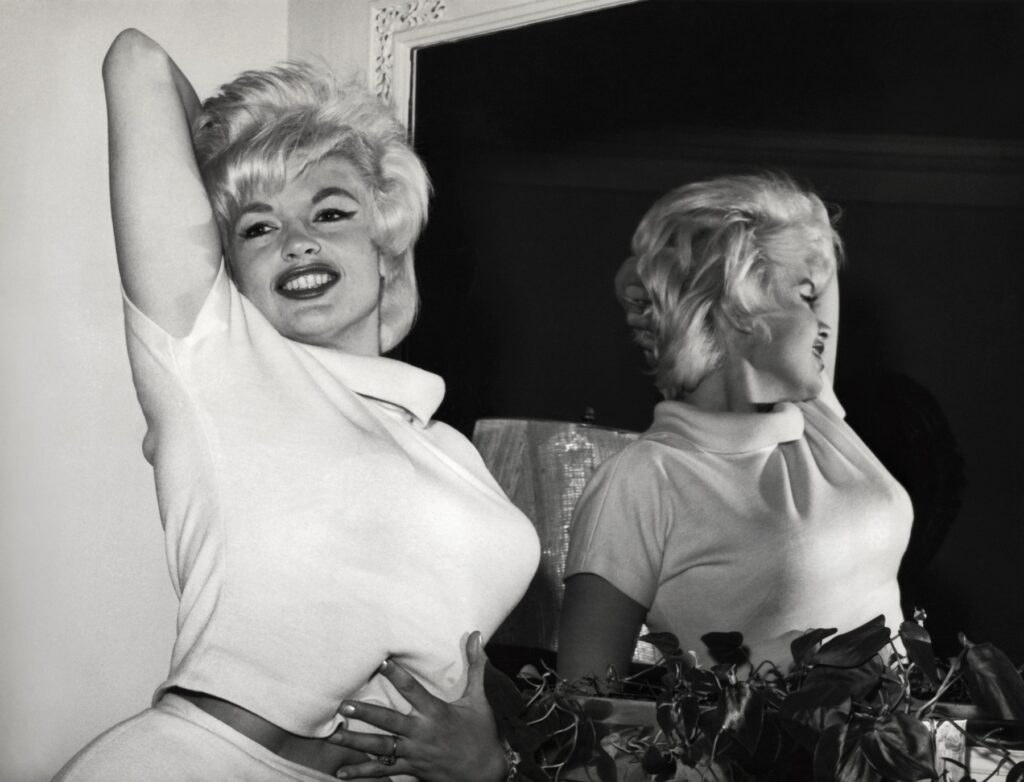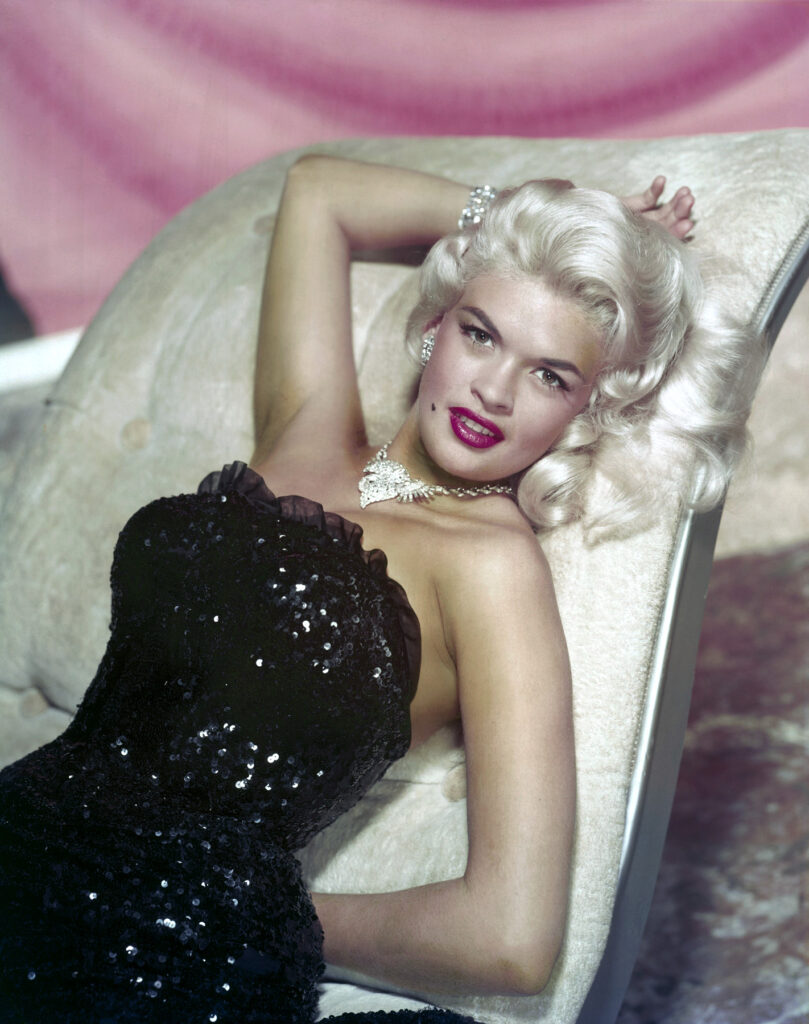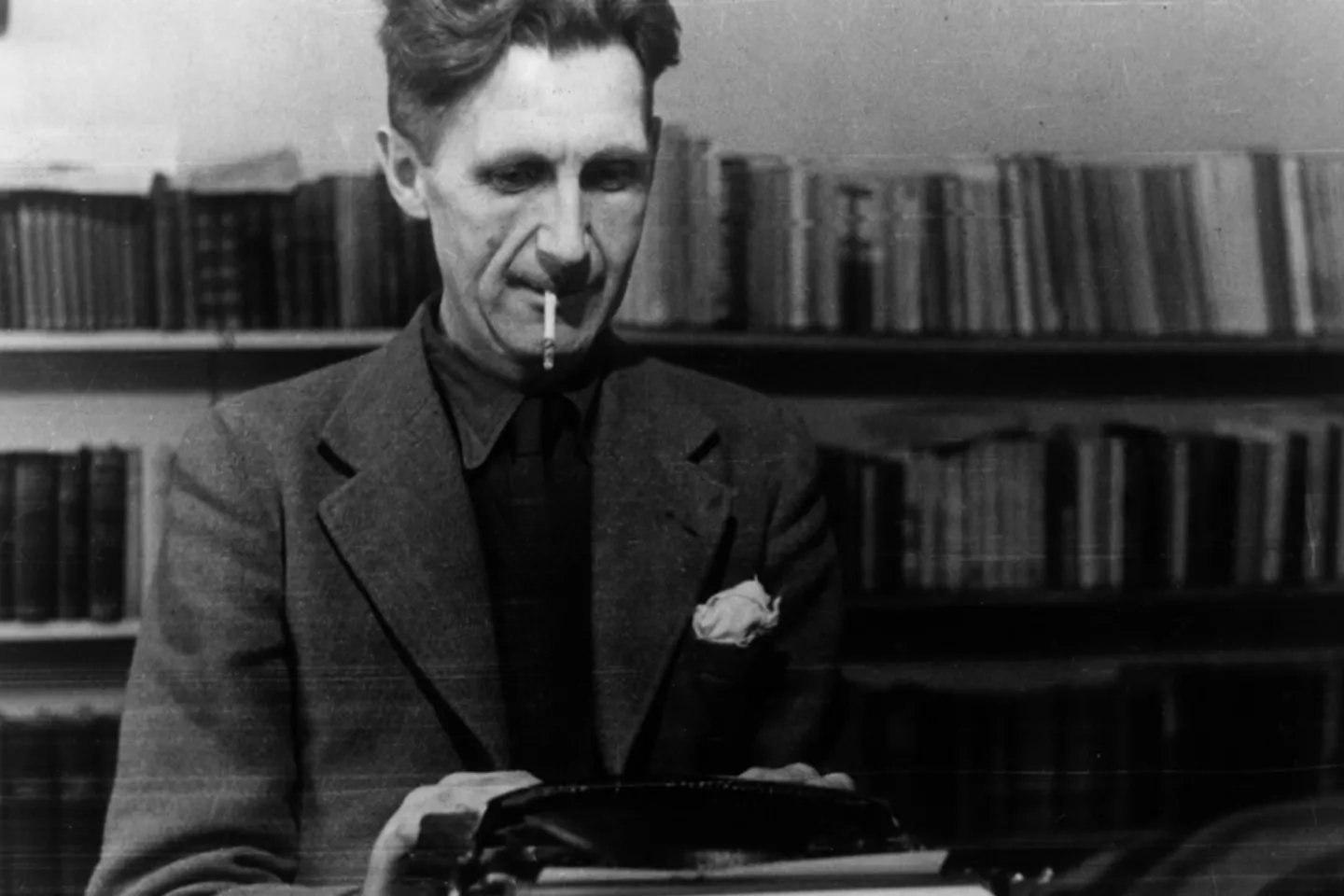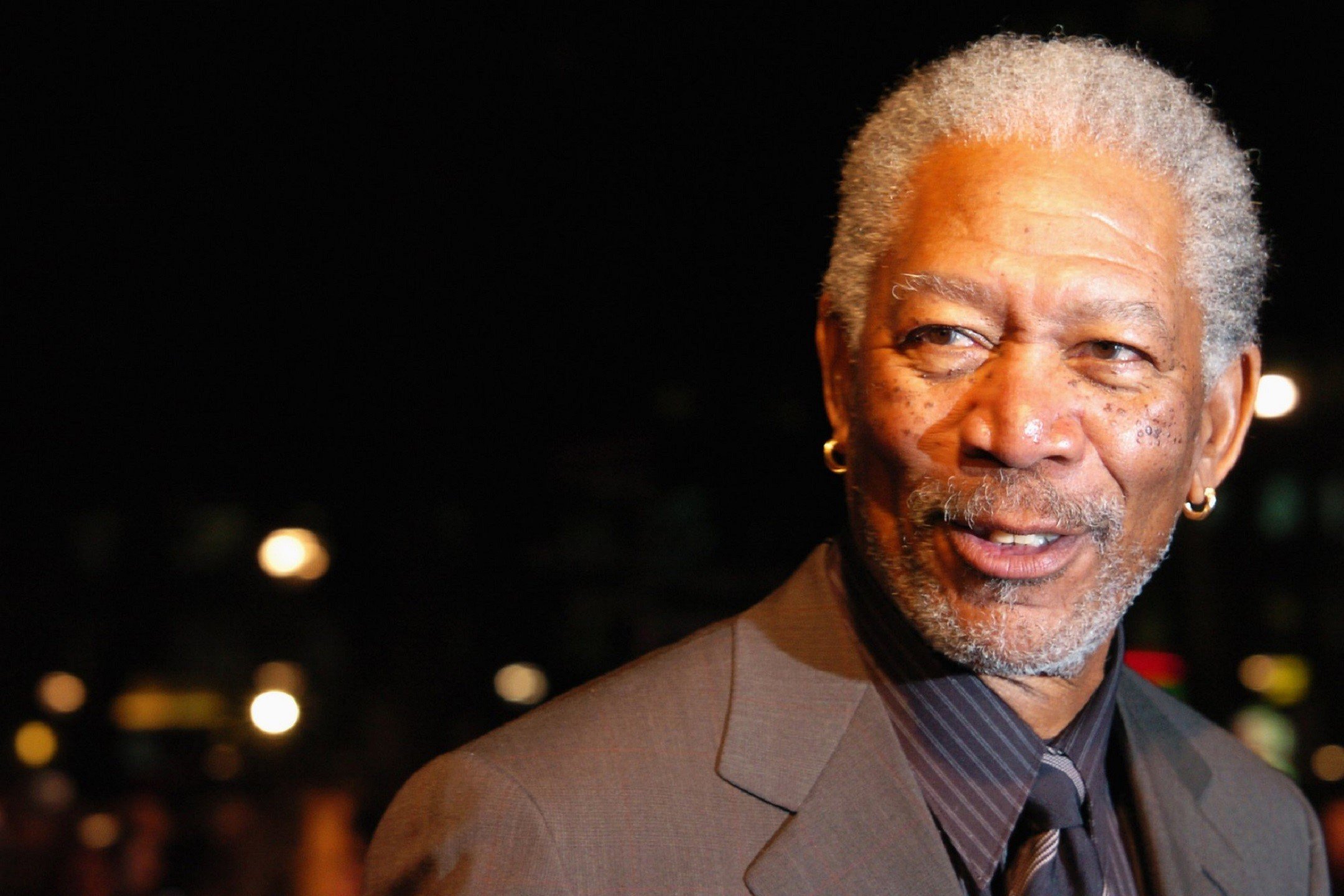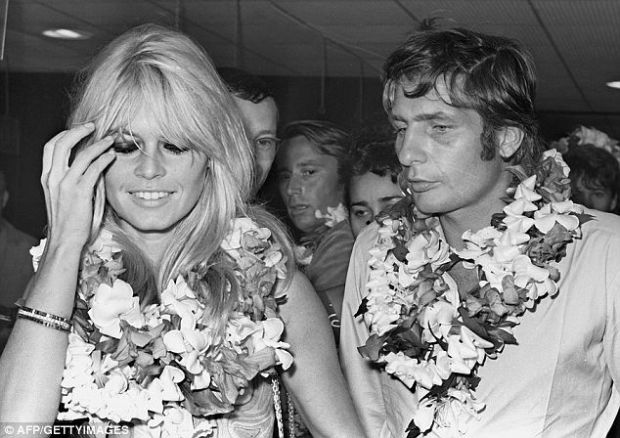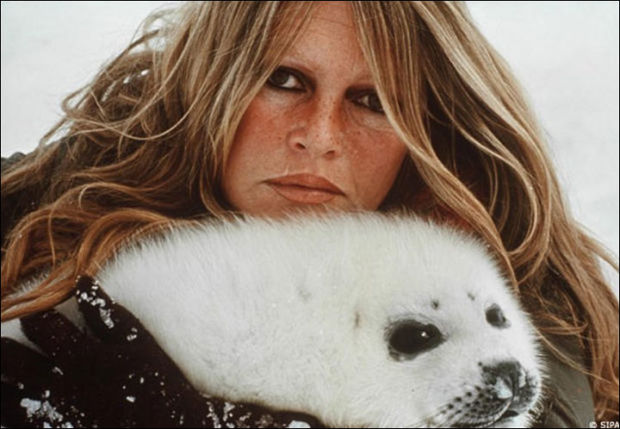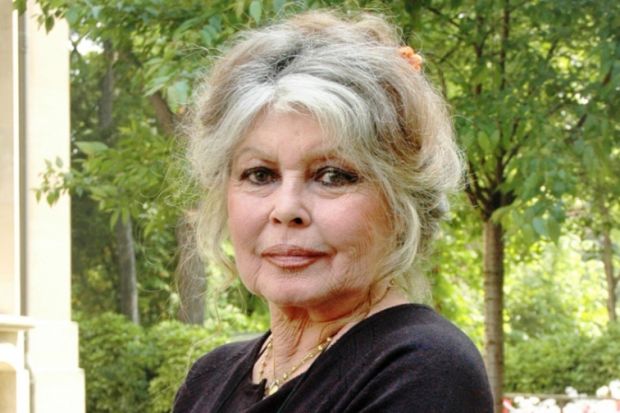Personal Details
Full Name Johannes Chrysostomus Wolfgangus Theophilus Mozart
Date of Birth January 27, 1756
Place of Birth Salzburg, Holy Roman Empire
Date of Death December 5, 1791 (aged 35)
Place of Death Vienna, Holy Roman Empire
Wolfgang Amadeus Mozart (German: Wolfgang Amadeus Mozart, baptized: Johannes Chrysostomus Wolfgangus Theophilus Mozart; Salzburg, January 27, 1756 — Vienna, December 5, 1791) was an Austrian composer and pianist, one of the most significant and influential composers of classical music in the world.
Mozart's oeuvre of over six hundred works spans nearly every genre of his time, including symphonies, concertos, chamber music, piano music, operas, and choral compositions.
In his earliest childhood in Salzburg, Mozart displayed incredible abilities by playing keyboards and the violin. By the age of five, his compositions and performances were admired and respected by European nobility and aristocracy. When he turned seventeen, he was employed as a court musician in Salzburg. However, he grew restless and dissatisfied, frequently traveling in search of better positions while continuously composing. During a visit to Vienna in 1781, after being dismissed from his court position, he decided to settle in the city, where he later gained fame. Interestingly, Mozart remained in Vienna until the end of his life, despite enduring severe financial difficulties. In his final years, he composed many renowned works, including symphonies, concertos, operas, and his unfinished Requiem. The circumstances of his premature death have been the subject of much speculation, elevating Mozart to the status of a myth.
Early Childhood
Mozart was born on January 27, 1756, in Salzburg, then part of the independent Archbishopric of the Holy Roman Empire. He was the youngest son of Leopold Mozart and Anna Maria Mozart (née Pertl). Leopold was deputy Kapellmeister at the court of the Archbishop of Salzburg, occasionally composing on commission, and was an experienced teacher. Due to the high infant mortality rate in Europe at the time, only two of their seven children survived: the elder sister, Maria Anna, nicknamed "Nannerl," and Wolfgang Amadeus. Wolfgang was baptized the day after his birth at St. Rupert's Cathedral as Johannes Chrysostomus Wolfgangus Theophilus Mozart. He referred to himself as "Wolfgang Amadè Mozart," though various other name variants were used.
Mozart was born and spent his childhood until the age of seventeen at Getreidegasse No. 9 in Salzburg. Today, this house contains numerous artifacts, particularly instruments, from Mozart's childhood. It is one of the most visited sites in Salzburg and a pilgrimage destination for musicians and music lovers worldwide.
Mozart's musical talent was evident from a very young age. His father, Leopold, was one of Europe's leading music teachers, whose influential treatise A Treatise on the Fundamental Principles of Violin Playing (German: Versuch einer gründlichen Violinschule) was published the year Mozart was born. After Wolfgang's birth, Leopold neglected his own career to devote himself entirely to his son's education. He taught Wolfgang to play the violin and piano, and as the boy learned quickly, he wrote his first compositions by the age of five. Leopold was both a teacher and a parent, always mindful of shaping Wolfgang as both a man and an artist.
Leopold soon realized he could earn substantial income by presenting his son as a child prodigy at European courts. Once, when Mozart fell ill, Leopold expressed greater concern over lost earnings than his son's well-being. The constant travel and harsh climate may have contributed to Mozart's later health issues. Mozart's elder sister, Nannerl, was a skilled pianist and often accompanied her brother and father on tours.
Years of Travel (1762–73)
During his formative years as a musician, Mozart traveled extensively across Europe, beginning with a performance in 1762 at the court of Elector Maximilian III of Bavaria in Munich and the Imperial Court in Vienna. A long concert tour took the family to the courts of Munich, Mannheim, Paris, London, Dover, The Hague, Amsterdam, Utrecht, Mechelen, back to Paris, and finally home via Zurich, Donaueschingen, and Munich.
Leopold Mozart wasted no time in exploiting his children's talents for mutual benefit. They would support him in his old age. A brief three-week tour to Munich in January 1762, when Mozart was not yet six, was merely a prelude to much grander expeditions. This early success soon led to an extended stay in Vienna until the end of that year, with obligatory musical performances at the Imperial Court and generous financial rewards. In less than a month in Vienna, Leopold deposited 120 gold ducats into his Salzburg bank account—more than twice an average annual salary.
However, these excursions were overshadowed by a grand tour that kept the four Mozart family members abroad for over three years, from June 1763 to November 1766. Much of this tour involved extended stays in major musical centers: five months in Paris, fifteen months in London, and another three months in Paris on the return journey, with frequent stops along the way, mostly in German states and the Netherlands. The fame of the brother-sister duo spread across Western Europe, with many opportunities to showcase their charm and precocious musical mastery.
In every city, the Mozarts could confidently expect invitations from local rulers, nobility, and wealthy aristocrats. Typically, one performance led to further invitations. In London, advertisements for Mozart's concerts, largely written by Leopold, targeted the gentry and aristocracy. Everywhere they went, the Mozarts relied exclusively on this elite audience.
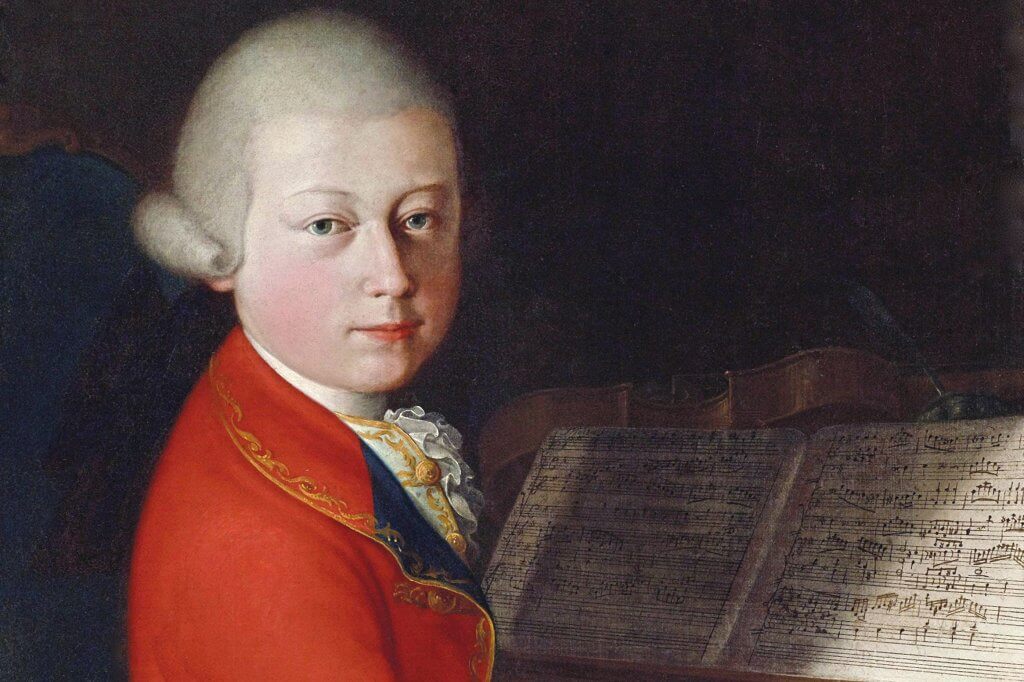
Mozart wrote his first symphony at the age of eight. It is possible that his father transcribed much of the content Mozart produced.
Due to their consecutive successes and reluctance to return to Salzburg, they repeatedly postponed their homecoming. They were often showered with applause and favor from the elite, both in terms of accolades and earnings. After all this, Salzburg seemed a bleak prospect—financially, socially, and emotionally. It was a place where Leopold Mozart was merely a servant, poorly paid and undervalued. When the family returned to Salzburg, Mozart was ten years old and already an experienced performer and composer.
During his travels, he met many renowned musicians and became acquainted with the works of other great composers, including George Frideric Handel, Joseph Haydn, and Johann Christian Bach, the latter of whom greatly influenced Mozart during their encounters in London in 1764 and 1765. The family returned to Vienna in late 1767 and stayed until December 1768. After a year in Salzburg, Leopold and Wolfgang traveled to Italy, leaving Wolfgang's mother and sister behind. This journey lasted from December 1769 to March 1771 and, like previous trips, aimed to showcase the young man's abilities as a performer and increasingly mature composer.
In Bologna, he met Josef Mysliveček and Giovanni Battista Martini and was admitted to the prestigious Accademia Filarmonica. In Rome, he heard Gregorio Allegri's Miserere performed in the Sistine Chapel and subsequently transcribed it entirely from memory, correcting only minor errors later—producing the first illegal copy of this closely guarded Vatican treasure. The origin and accuracy of this story remain debated.
In Milan, Mozart composed the opera Mitridate, re di Ponto in 1770, which was successfully performed. This led to further opera commissions. Shortly afterward, Leopold and Wolfgang returned to Milan twice (August–December 1771 and October 1772–March 1773) for the composition and premiere of Ascanio in Alba (1771) and Lucio Silla (1772). Leopold hoped these visits would secure his son a position as a composer in Italy, but these hopes were never realized.
Toward the end of his final stay in Italy, Mozart wrote the now-frequently performed motet Exsultate, jubilate, K. 165. He also took note of inventions by prominent non-musicians, such as Benjamin Franklin's glass armonica, for which he composed several pieces.
Mozart at the Salzburg Court (1773–77)
After finally returning from Italy with his father on March 13, 1773, Mozart was employed as a court musician by the ruler of Salzburg, Prince-Archbishop Hieronymus Colloredo.
The composer was a favorite in Salzburg, where he had many friends and admirers. There, he had the opportunity to work in various genres, including symphonies, sonatas, string quartets, serenades, and several minor operas. Some of these early works are still performed today. From April to December 1775, Mozart developed a passion for composing violin concertos, producing a series of five (the only ones he ever wrote), with steadily improving musical refinement. The last three violin concertos (K. 216, K. 218, K. 219) are now staples of the repertoire.
In 1776, he turned his efforts to piano concertos, culminating in the E-flat major Concerto, K. 271, in early 1777, considered a turning point in his musical output.
Despite these artistic successes, Mozart grew increasingly dissatisfied with Salzburg and redoubled his efforts to find another residence. One reason was his meager salary of 150 florins per year, but he also yearned to compose operas, for which Salzburg offered only rare opportunities. The situation worsened in 1775 when the court theater closed.
Two extended expeditions in search of employment (Leopold and Wolfgang searched together) interrupted this long stay in Salzburg: they visited Vienna from July 14 to September 26, 1773, and Munich from December 6, 1774, to March 1775. Neither visit resulted in new employment, but the Munich trip led to the successful premiere of the opera La finta giardiniera.
Stay in Paris (1777–78)
Mozart wearing the Order of the Golden Spur, awarded by Pope Clement XIV in 1770. This is a 1977 replica of the lost original.
In August 1777, Mozart resigned from his position in Salzburg and set off on September 23 on another job hunt, visiting Augsburg, Mannheim, Paris, and Munich. Since Archbishop Colloredo would not permit Leopold to travel, Mozart's mother, Anna Maria, accompanied him.
Mozart befriended members of the Mannheim orchestra, the finest in Europe at the time. There were some prospects for employment in Mannheim, but none materialized, and Mozart left for Paris on March 14, 1778, continuing his search. His luck in Paris was hardly better. In one of his letters home, he mentioned the possibility of a position as an organist at Versailles, but Mozart was uninterested. He fell into debt and had to pawn his valuables. During this visit, his mother fell ill and died on July 3, 1778.
While Wolfgang was in Paris, Leopold vigorously sought opportunities for his return to Salzburg. With the support of local nobility, he secured him a better position as court organist and concertmaster, with an annual salary of 450 florins—a post Wolfgang reluctantly accepted. After leaving Paris on September 26, 1778, he stayed in Mannheim and Munich, still hoping for employment outside Salzburg. In Munich, he encountered Aloysia again, now a moderately successful singer, who made it clear she was no longer interested in him.
Mozart finally arrived home on January 15, 1779, and began his new job, but his dissatisfaction with Salzburg remained undiminished.
Mozart in Vienna (1781–1791)
In January 1781, Mozart's opera Idomeneo premiered with "great success" in Munich. The following March, the composer was summoned to Vienna, where his employer, Archbishop Colloredo, was attending celebrations for Joseph II's accession to the Austrian throne. Fresh from the adulation he received in Munich, Mozart was offended when Colloredo treated him as a mere servant, particularly when the archbishop forbade him from performing for the Emperor at Countess Thun's for a fee equal to half his annual Salzburg salary. This led to a quarrel culminating in May with Mozart's dismissal in a highly insulting manner. In Vienna, however, Mozart became aware of lucrative opportunities and decided to settle there as a freelance performer and composer.
The dispute with the archbishop was harder on Mozart because his father sided against him. Hoping for Wolfgang's unconditional return to Colloredo in Salzburg, Leopold exchanged intense letters with his disobedient son, urging reconciliation with his employer. However, Wolfgang passionately defended his intention to pursue an independent career in Vienna. The argument ended with Mozart's dismissal, freeing him from the demands of a cruel employer and an overly concerned father. Mozart's biographer Solomon viewed his resignation as a "revolutionary step" that would significantly alter the course of his life.
The year 1782 was a successful one for Mozart's career. He performed frequently as a pianist, notably in a December 24, 1781, competition with Muzio Clementi before the Emperor, and was soon recognized as "the finest keyboard player in Vienna." His opera The Abduction from the Seraglio (Die Entführung aus dem Serail) was highly successful, and he held a series of concerts featuring his compositions as both composer and soloist.
On August 4, 1782, he married Constanze Weber against his father's wishes. They had six children, but only two survived infancy: Karl Thomas (1784–1858) and Franz Xaver Wolfgang (1791–1844), neither of whom married or had children.
In 1784, Mozart became a Freemason and persuaded his father to join the secret society before his death in 1787. His final opera, The Magic Flute (Die Zauberflöte), contains many Masonic themes and allegories.
His life was marked by financial difficulties and various illnesses. He was often unpaid for his work, and the little money he earned was quickly spent on an extravagant lifestyle. Mozart spent 1786 in Vienna, in an apartment that can still be visited today at Domgasse 5 behind St. Stephen's Cathedral, where he composed The Marriage of Figaro (Le Nozze di Figaro).
He died on December 5, 1791, at 00:55, aged only 35. The cause of death remains uncertain. The official cause was "acute miliary fever," but this describes symptoms rather than a diagnosis. Hundreds of possible causes have been proposed: rheumatic fever, streptococcal infection, trichinosis, influenza, mercury poisoning, and a rare kidney disorder. His modest funeral did not reflect the composer's popularity; memorials and concerts in his honor in Vienna and Prague were well attended. His fame only grew after death, and numerous biographies and collected works were soon published to meet demand.
Musical Works
List of compositions by Wolfgang Amadeus Mozart and List of operas by Wolfgang Amadeus Mozart
Wolfgang Amadeus Mozart was a prolific composer. His oeuvre includes over 600 works across diverse genres:
Symphonies—most famous are the Paris, Haffner, Linz, Prague, Symphony No. 40, and Jupiter;
Piano concertos—most famous are No. 21, No. 25, and No. 26;
Violin concertos—most famous are No. 3 and No. 5;
Piano sonatas—most famous is No. 11, the "Turkish March";
Violin sonatas;
String quartets—most famous are the "Haydn" quartets;
String quintets;
Serenades—most famous is Eine kleine Nachtmusik;
Operas—most famous are The Abduction from the Seraglio, The Marriage of Figaro, Don Giovanni, Così fan tutte, and The Magic Flute;
Masses—most famous are the Coronation Mass and the Great Mass;
the unfinished Requiem.
Source: Wikipedia





